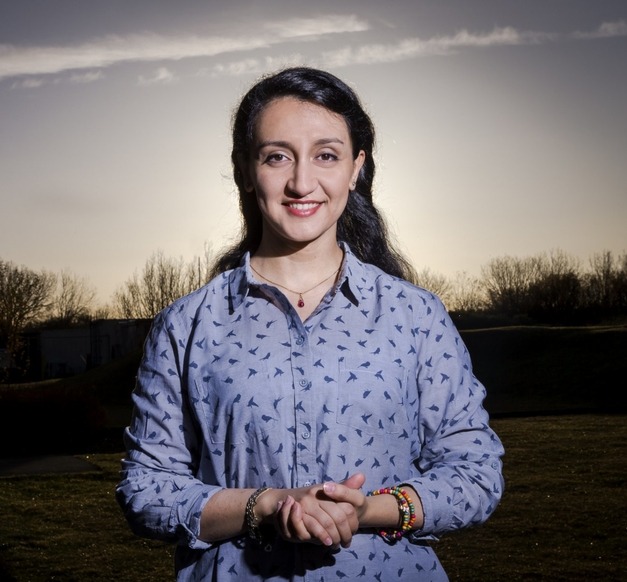Sahar Rahpeyma, Doctoral student at the Faculty of civil and environmental engineering
Icelanders are well aware of the threats posed to people and infrastructure by earthquakes, and have been reminded of this a few times this century. This threat is also very familiar to Sahar Rahmpeyma, doctoral student in civil engineering as she grew up in one of the most active earthquake zones on earth, Iran.
“Iran is situated in an area where many large faults meet and has experienced earthquakes that have caused serious loss of life, extensive injuries and damage to infrastructure. Although there is no way to prevent earthquakes we can reduce the risk posed by them by increasing our knowledge of the characteristics of earthquake movements,” she says.
Sahar Rahpeyma
“The conclusions of this project are very important as they can be utilised for better design of infrastructure, better urban planning, and a more reliable risk assessment concerning earthquakes.”

These movements and their connections with the top layers of the Earth’s crust are the main subject for Sahar in her doctoral study at the University of Iceland. “Generally earthquake movements in a particular place can be described as the combined impact of the hypocentre, the path of the seismic waves through the crust, and localised impact in the top layers. The top layers can function as a filter for the seismic waves, and either amplify or dampen the waves at certain frequencies before they reach the surface. The structure of the crust is therefore critical in how much the earth shakes at particular locales and consequently in the damage sustained by infrastructure,” Sahar points out.
In her study Sahar focuses on earthquake movements in urban areas in Iceland. She says that the accepted view has been that because of the uniform nature of the upper crust and lava in Iceland the localised impact of earthquake movements here has been considered to be minimal, however, this has not been thoroughly researched. Experiments carried out by Sahar and her colleagues, using models and statistical analysis, have indeed shown that due to the complex structure of the crust in Iceland local impact in earthquake movements is actually quite pronounced. “The conclusions of this project are very important as they can be utilised for better design of infrastructure, better urban planning, and a more reliable risk assessment concerning earthquakes.”
Supervisor: Benedikt Halldórsson, scientist at the Faculty of Civil and Environmental Engineering, and the head of the research at the Earthquake Engineering Research Centre.


